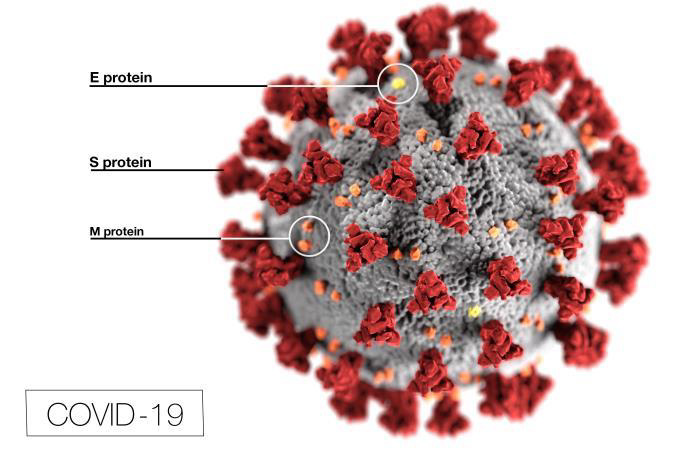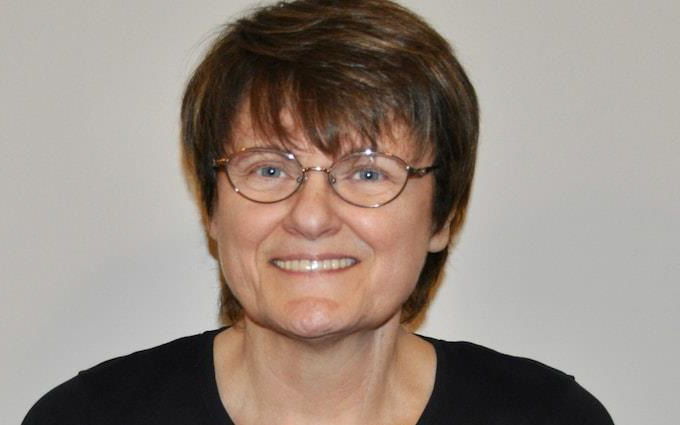Joseph R. Anticaglia MD
Medical Advisory Board
Over time many people have received huge recognition for their life’s work posthumously. These innovators have died with neither fame nor financial gain. Nevertheless, their work is breathing and palpable today.
Vincent Van Gogh, while alive, sold one painting. The father of genetics, Gregor J. Mendel, whose work received little recognition until years after his death. Franz Kafka wrote about the alienation and powerlessness of the individual. He could not get his “Kafkaesque” writings published. Edgar Allan Poe, Galileo, Vermeer, and John Keats are among others included in a non-ending list of people doing admirable work and being stepped over while alive.
Recognition from the grave could have been the fate of Dr, Katalin Kariko, were it not in part, for the COVID pandemic.
Pandemic
The COVID-19 pandemic of 2020 energized international pharmaceutical companies to develop and quickly produce a safe and effective vaccine against COVID. In the past, it took years to develop and get vaccines into the arms of people. Research having to do with messenger RNA (mRNA) gave scientists confidence that a vaccine against COVID could be available for use in record time.
Pfizer bet a billion dollars on the innovative method using mRNA’s applied science to get a safe and effective vaccine to the market. Before Pfizer started its clinical trials in humans, scientists did mRNA bench work for years which was either overlooked or underappreciated.
Bench Work
Bench work (bench research, bench science) is done in a lab. It involves the design and implementation of laboratory experiments to answer scientific theories. The laboratory setting uses biological specimens such as viruses, bacteria, animal studies and cell cultures to get answers to specific questions. For example; can mRNA technology be used to fight diseases — create vaccines? The groundwork for the Pfizer and Moderna vaccines were figured out by bench scientists experimenting with mRNA.
Vaccines
Traditional vaccines are made from whole or parts of dead or weakened bacteria or viruses. For example, the inactivated virus, called antigen, is introduced into the body and it triggers an immune response. The cells manufacture neutralizing antibodies against that virus and put the virus’s “face” into its memory bank. The next time the person is exposed to the virus, the immune system recognizes it, and a series of actions is set in motion: to locate it, kill it, and remove it from the body.
Messenger RNA vaccines are a new type of vaccine that have the same objective as traditional vaccines — they want to protect us against infectious diseases. They do not use live or dead viruses.
mRNA teaches our bodies self-defense by instructing our cells to manufacture a piece of a protein called “spike proteins” without harming the person. After our body uses the instructions, it breaks down and gets rid of mRNA.
The protective S-proteins trigger an immune response against the COVID virus if it ever enters our body. If we encounter the Covid-19 virus, the immune system is ready to produce antibodies to protect us from this disease.

Katalin Kariko, PhD — The mRNA Messenger
Dr. Krikko’s pioneering bench work was the launching pad that placed vaccine development and use into a new orbit. However, her story is not without setbacks. Working in relative obscurity, her research for decades never got “lift off.” Messenger RNA was little recognized, underappreciated, and underfunded.
Defying the Odds
Dr. Kariko grew up in central Hungary, the daughter of a butcher. She earned her PhD in biochemistry from the University of Szeged. Her daughter, Susan Francia, a two-time Olympic gold medalist in rowing told ESPN, as my mother taught me, “Hard work is part of life and if you embrace it, there will be a reward. That perseverance is pretty much my family’s life in a nutshell — defying the odds, keep forging ahead… My Mom has lived that in science. She saw the potential for mRNA.”
In 1985, when Susan was two years old, the family moved to the United States after her mother lost her job at the university’s Biochemistry Research Center, when its research program ran out of money. She landed a postdoctoral fellow position at Temple University to pursue her studies in biochemistry that lasted three years.
Out of work once again, she persevered and in 1989 found work as a research assistant to cardiologist Dr. Elliot Barnathan at the University of Pennsylvania. The plan was to inject messenger RNA into cells and instruct the cells to manufacture proteins to do a specific job, for example, to dissolve blood clots. Eureka moment! Cells were manufacturing proteins that ordinarily did not make them.
With the use of mRNA technology, it was theoretically possible for scientists to instruct cells to produce designer proteins to prevent, combat or cure diseases. Her euphoria fizzled out when Dr. Barnathan decided to leave the University of Pennsylvania to accept a position with a biotech company. With no lab, and no grant money, she needed lab work.
Once again, Dr. Kariko persevered and remained focused, some might say obsessed, on the usefulness of mRNA. The head of the department of Neurosurgery threw her a lifeline and hired her to do research in his lab. Shortly thereafter, however, it was her collaboration with Drew Weissman, MD, PhD that was a turning point in her career.

“Out of the Shadows and Into the Spotlight.”
Dr. Weissman, an infectious disease physician with an interest in vaccine development and Dr. Kariko with her research experience on mRNA were confident that working together they would be successful. They authored a key article on their work in 2005 that drew little attention from the scientific community.
Researchers and pharmaceutical companies finally awakened to the value of their trailblazing work. Then in 2020, the Covid-19 pandemic cried out for a vaccine that was safe and effective and one that could be produced quickly. Messenger RNA was ready for prime time. Pfizer and Moderna took she and Dr. Weissman’s bench work to the working place and in the process saved millions of lives.
Nobel Prize
From 2020 to the present, Dr. Kariko has received numerous awards and honors. Many in the scientific community area are convinced that she and Dr. Weissman deserve the Nobel Prize for their innovative, historical achievement.
“We all die. The goal is not to live forever, the goal is to create something that will.” It would be a fitting tribute to the mRNA Messenger.
References
- Tonya Simpson; Olympian Susan Francia, ESPN, June 28,2021
- Katalin Kariko; Suppression of RNA recognition by Toll-like receptor: the impact of nucleoside modifications and the evolutionary origin of RNA; Immunity, 2005
- Naturally occurring nucleoside modification suppress the immunostimulatory activity of RNA: implication for therapeutic RNA development; Curr Opin Drug Develop; 2007
Glossary
Chuck Palahnuik, “We all die. The goal is not to live forever, the goal is to create something that will.”
This article is intended solely as a learning experience. Please consult your physician for diagnostic and treatment options.

